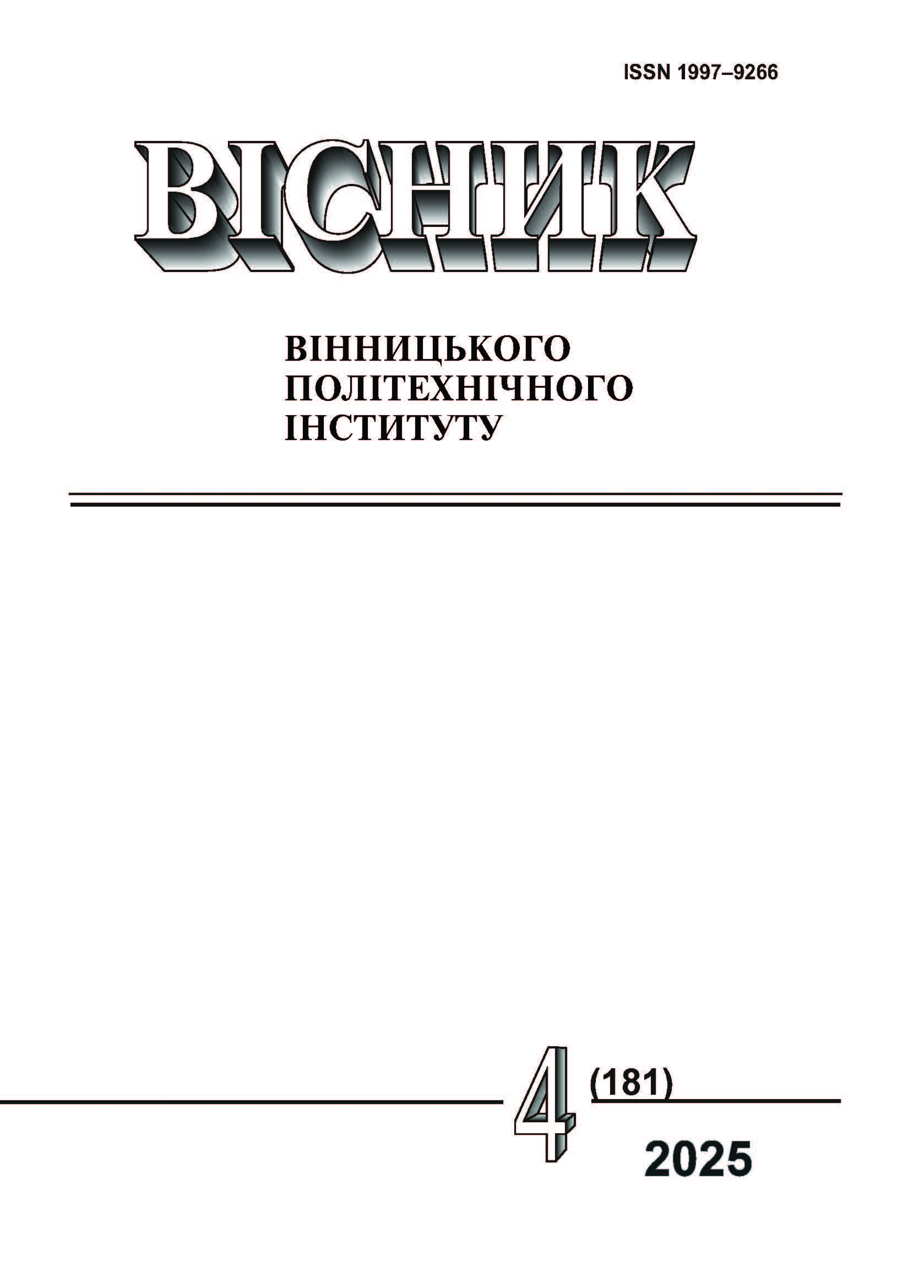Optimal Forecasting and Control of Mining as a Flexible System for Power Grid Balancing Based on the FCR Method
DOI:
https://doi.org/10.31649/1997-9266-2025-181-4-85-89Keywords:
cryptocurrency mining, balancing power systems, renewable energy, solar power plant, green tariff, active consumerAbstract
The paper considers the concept of using cryptocurrency mining farms as a flexible load for balancing modern power systems through the Frequency Containment Reserve (FCR) mechanism. The combination of solar generation forecasting and optimal load control algorithms makes it possible to integrate mining into frequency regulation, thereby reducing risks associated with fluctuations in electricity and cryptocurrency prices. A model of dynamic power distribution is proposed, which allocates capacities between selling electricity to the market, using it for mining, or curtailment, depending on frequency deviations in the grid, forecasted generation, and market conditions.
The economic feasibility of this approach is substantiated: during hours of low or negative electricity prices, selling under the “green tariff” often results in losses, while redirecting excess energy to mining ensures more stable revenues. At the same time, mining profitability itself depends on market factors, which makes the application of an intelligent control system particularly relevant. The model includes both day-ahead planning and real-time adjustments, which allows minimizing curtailment, stabilizing cash flows, and improving the efficiency of renewable energy utilization.
The scientific novelty lies in combining renewable energy forecasting, optimal power allocation, and FCR support methods. This approach forms a new business model where mining farms act as active participants in energy markets, providing economic returns while enhancing system stability. The study also highlights the importance of regulatory aspects and the need to account for technical constraints, which determine the conditions for practical implementation. Further research should focus on real-data testing of the model, refinement of control parameters, and possible integration with energy storage systems.
References
L. Kozlovska, and B. Jardemalie, “Bitcoin Mining for EU Electricity Grids: An Energy Supply Management Tool,” Open Dialogue Foundation, Brussels, Belgium, May 2024. [Online]. Available: https://en.odfoundation.eu/content/uploads/2024/05/20.05.2024_odf_bitcoin_mining_eu_elect_grids_eng-1.pdf. Accessed: Jul. 01, 2025.
Frequency Containment Reserve: Key to Grid Stability. [Electronic resource]. Available: https://www.gridx.ai/knowledge/frequency-containment-reserve . Accessed: Jul. 01, 2025.
N. Carter, S. Connell, B. Jones, D. Porter, and M. Rudd, Leveraging Bitcoin Miners as Flexible Load Resources for Power System Stability and Efficiency. [Online]. Available: http://dx.doi.org/10.2139/ssrn.4634256 . Accessed: Jul. 01, 2025.
О. В. Бондарчук, «Використання надлишків згенерованої сонячної енергії для майнінгу криптовалют,» у Матеріали LIV Науково-технічної конференції факультету інтелектуальних інформаційних технологій та автоматизації 2025. Вінниця, Україна: ВНТУ, Бер. 2025. [Електронний ресурс]. Режим доступу: https://conferences.vntu.edu.ua/index.php/all-fksa/all-fksa-2025/paper/view/23217/19212 . Дата звернення: 01.07.2025.
Б. І. Мокін, О. В. Мазурук, Н. В. Собчук, і Д. О. Шалагай, «Авторегресійні моделі відновлення та розвитку зруйнованої війною електроенергетики України,» Вісник Вінницького політехнічного інституту, № 5, с. 6-15, Жовт. 2024. https://doi.org/10.31649/1997-9266-2024-176-5-6-15 .
Б. І. Мокін, О. Б. Мокін, Д. О. Шалагай, і О. В. Мазурук, «Авторегресійні моделі процесу повоєнного відновлення та післявоєнного розвитку ВДЕ України,» Вісник Вінницького політехнічного інституту, № 1, с. 58-65, Лют. 2025. https://doi.org/10.31649/1997-9266-2025-178-1-58-65 .
J. Mellerud, Energy arbitrage: analyzing bitcoin mining’s historical revenue per kWh. [Online]. Available: https://hashrateindex.com/blog/energy-arbitrage-analyzing-bitcoin-minings-historical-revenue-per-kwh . Accessed: Jul. 01, 2025.
D. Gray, “The Economics of Bitcoin Halving: A Miners’ Perspective,” Fidelity Digital Assets, Boston, USA, Mar. 2024. [Online]. Available: https://www.fidelitydigitalassets.com/research-and-insights/economics-bitcoin-halvinga-miners-perspective . Accessed: Jul. 01, 2025.
K. Zucchi, Is Bitcoin Mining Still Profitable? [Online]. Available: https://www.investopedia.com/articles/forex/051115/bitcoin-mining-still-profitable.asp . Accessed: Jul. 01, 2025.
N. Astam, “Chart of the day: Small bitcoin miners went negative for the first time.” [Online]. Available: https://ihodl.com/infographics/2018-10-10/chart-day-small-bitcoin-miners-went-negative-first-time . Accessed: Jul. 01, 2025.
S. Mundy, The lessons of Europe’s upside-down power market: Negative electricity prices highlight need for policy reform. [Online]. Available: https://www.ft.com/content/01d90c80-a819-4c10-99d1-34a7b64bd0c5 . Accessed: Aug. 14, 2025
N. Buli and F. Crellin, Europe’s solar power surge hits prices, exposing storage needs. [Online]. Available: https://www.reuters.com/business/energy/europes-solar-power-surge-hits-prices-exposing-storage-needs-2024-06-21. Accessed: Jul. 01, 2025.
Aleasoft Energy Forecasting, Record solar photovoltaic in Portugal in the second week of May. [Online]. Available: https://aleasoft.com/record-solar-photovoltaic-portugal-second-week-may/ . Accessed: Jul. 01, 2025.
Downloads
-
pdf (Українська)
Downloads: 37
Published
How to Cite
Issue
Section
License

This work is licensed under a Creative Commons Attribution 4.0 International License.
Authors who publish with this journal agree to the following terms:
- Authors retain copyright and grant the journal right of first publication.
- Authors are able to enter into separate, additional contractual arrangements for the non-exclusive distribution of the journal's published version of the work (e.g., post it to an institutional repository or publish it in a book), with an acknowledgment of its initial publication in this journal.
- Authors are permitted and encouraged to post their work online (e.g., in institutional repositories or on their website) prior to and during the submission process, as it can lead to productive exchanges, as well as earlier and greater citation of published work (See The Effect of Open Access).





